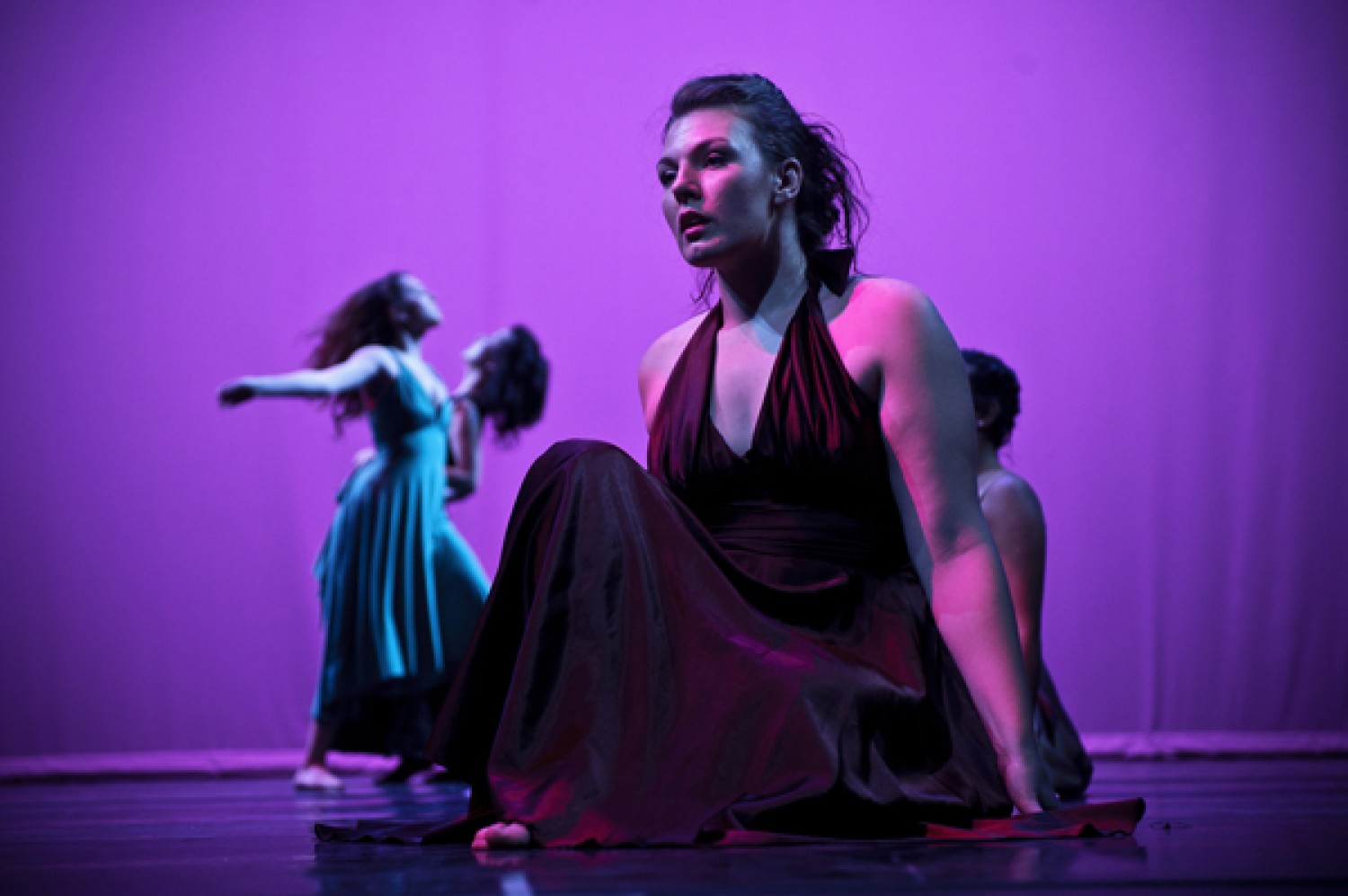How to Tell a Story Through Dance

‘Before I studied the art, a punch was just a punch, a kick was just a kick. After I learned the art, a punch was no longer just a punch, a kick no longer just a kick. Now that I’ve understood the art, a punch is just a punch, a kick is just a kick.’
– Bruce Lee (paraphrased)
A dance is more then just a dance. It is an expression of all that we feel and want to convey – connection, passion, beauty, romance. The best creative dancers know how to take all that beauty and emotion – and enclose in the simplest movements. We might not get that far today, but here’s how to get started.
Creating a persona
Great dancing always involves a little make-believe, as we shake off our workday personas and take on the guise of dance gods and goddesses. Playing a character can be fun, and keeps you from taking yourself too seriously when the spotlight falls on you. Ask yourself: how would this character dance?
- When playing a secretive character, you might try moves that are lower to the ground and softer, as though you were trying to be stealthy.
- If your character is laid back, think minimal movements, minimal effort, like you’re ‘just taking it easy’.
- If a diva, emphasize big styling arms and body isolations, and put on your sexy eyes.
Expressing emotion
True story: If you pretend to be a sad person, have a sad expression and make sad movements, you will actually start feeling sad! The same is true for happiness, anger, or any other emotion. And that’s not all – some of that emotion will rub off on your audience and your partner, allowing you to communicate with them without saying a word. Here’s some ways to build your emotional vocabulary
- If playing an angry character, think sharper, stronger movements, with a more serious face.
- If your character is sad, make your movement slower, smaller, more contained.
- If a happy-go-lucky character, put the tiniest bounce in your movement, make big open gestures, and smile!
Telling a story
A dance, like a song, often tells a story, with a beginning, middle and end. Maybe at the beginning you are passionate lovers, in the middle you ‘fight’, and in the end you give up and leave. This might seem very advanced, but it gets a lot easier when you put it back in the context of the previous two points. For example:
- In the beginning, your characters might use very romantic movement, switch to sharp, strong shapes in the middle, then get very soft and sad at the end.
- Another sequence might begin with closed sad movements, gradually growing increasingly confident to the point of arrogance, before settling down into something laid back and generous. What kind of story might be told here?
Remember that you are not the only storyteller – your partner, whether they know it or not, is conveying their own feeling through their movements. Learning to spot and respond to that feeling is one of the great challenges of partner dancing, but it’s also probably the most fun you can have on the dance floor!
So, this is only useful for performances, right?
Says who? I’ve had great fun walking onto a dance floor and putting myself into the shoes of an imaginary persona – inevitably, it’s always more fun for both me and my partner. This isn’t about impressing an audience – although it can – but about finding new ways to ‘play’ with your partner during the dance. Now go put that imagination to work!
Previous Articles
An Exploration of Creative Dancing
About the Author
Ian Crewe has been dancing ballroom for almost 20 years, and has a Licentiate in American smooth and rhythm. His passion for dance and his endless seeking for ways to reach new audiences eventually led him to blogging and the World Wide Web. Ian currently teaches at the Joy of Dance Centre, Toronto, ON, Canada.

